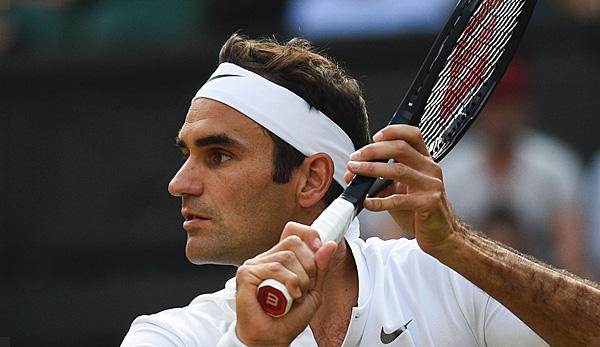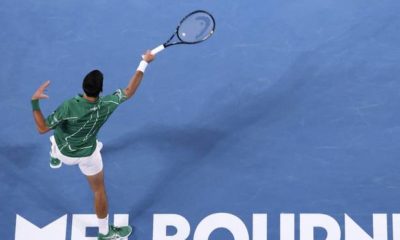Tennis
Service: Three creative ideas for sprinkling a stop ball
If you have too many strokes to choose from – why don’t you just try the stop?
You’re sitting in an Italian restaurant looking at the menu. Your hunger has already led you to court number 74. You had a hard time making up your mind in Courts 34 and 35. Well, with the number 74, you have a good feeling.
One look is enough to see that there are three more pages on the menu. You keep scrolling until you reach the last page. Confused and unnerved, you hit the menu again and simply order a Pizza Margherita.
Your opponent scratches your backhand cross from the farthest corner of the court. His ball creeps into your T-field, almost falling asleep. While the ball is in the air, look briefly at your opponent. It slowly turns back towards the centre of the square. The ball taps into your T-field, you catch up – and have the same problem as in the restaurant.
You don’t know what to do because you have too much choice. What the innumerable dishes on the menu in the restaurant were, on the tennis court are your options in certain game situations.
Do you play the ball straight or with spin? With a lot or little risk? Cross or longline? Short-cross? Or would you prefer a hard-core tour through the middle? Are you playing against your opponent’s course or in the free corner? These are six questions that you have to answer within seconds. A lot of question marks for such a short time, don’t you think? How about you just choose the simple solution, the Pizza Margherita? This simple solution is the stop ball on the square.
Let’s stick to the game situation described above. You stand one meter behind the T-line, reach out to the forehand and have no idea what you want to do with the ball. A shortcut to get out of this jungle of questions is the stop. To do this, stopping in such a situation is not only a simple but also an effective solution.
Your opponent is usually far away from the baseline and has been pushed into a corner by you before. This will allow you to play the stop against your opponent’s direction. Your opponent’s ball will spin slowly up or down towards you. So you have enough time to spy on your opponent and his position and make the stop.
It’s 4-4 in the first set. 15:15. Your opponent served. Its first impact remains on the edge of the net. So far, you have aggressively attacked your opponent’s second serve and put pressure on him directly from the return. How about a little cream on the tartlet? A little surprise that your opponent doesn’t know yet?
A stop ball on your opponent’s second serve should not be an improvised, but a planned shot. Before your opponent starts his serve move to the second serve, your plan must be set. Because you have to follow the stop ball. This will shorten the angle for your opponent. If you stay on the baseline after your stop ball, your opponent can push the stop short-cross, play a counterstop or even push the ball into your corner for a long time. Take these possibilities to your opponent and consistently follow your stop ball forward.
When you’re on the defensive, you’re way behind the baseline and running. From left to right. Then turn left again. And then turn right again. In such situations it is incredibly difficult for you to steer the rallies in a better direction for you. In a direction that brings you closer to the baseline again. What would be an emergency solution in such a situation?
You just walk straight to the front of the net. So you can escape from the hamster wheel by being far behind the baseline and using up your power reserves there. A stop ball from the defensive breaks the rhythm of the ball change. At the same time, you get your opponent out of his comfortable position, probably close to the baseline. This emergency solution is risky, but still has some good options for you to find a way out of an already very complicated game situation.
The stop ball is a creative and effective solution in many situations. But don’t use this solution too often in a match. Your opponent will be better able to recognize when you want to use this solution from stop ball to stop ball. For a good surprise effect and another option in your stroke repertoire, stopping is an excellent way to enrich your game.













You must be logged in to post a comment Login